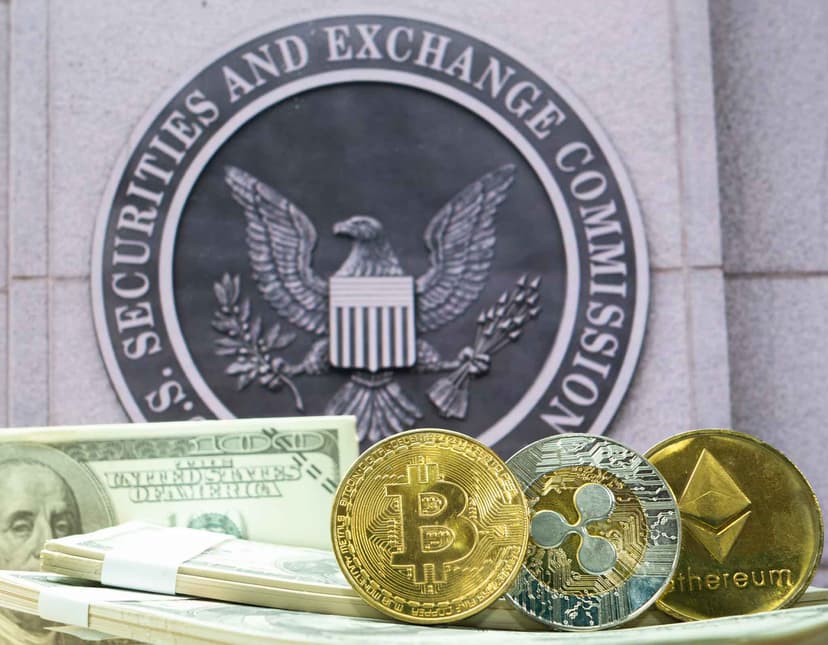

NEWS
Stock Market Rises After Wholesale Inflation Report

Simpler Trading Team
What a difference 1.2% makes in averting the next stock market gap down.
The U.S. Producer Price Index (PPI) report was released prior to the stock market open on Wednesday and showed a decline in wholesale inflation. PPI tracks wholesale cost changes – the price of goods sold by manufacturers.
The rub in the positive news is wholesale inflation spiked to 8.7% on an annual basis (down from 9.8% in July), yet is still at a 40-year high.
PPI data followed negative consumer inflation numbers on Tuesday that sent the market cratering for the largest loss in a single day in more than two years.
While the PPI catalyst report didn’t send the market spiraling, Simpler’s traders continue to watch other catalysts that might signal a market in decline.
Inflation report shows continued market pressure
The PPI data followed U.S. Consumer Price Index (CPI) numbers released early Tuesday morning. CPI was higher than expected and the stock market sold off sharply.
Digging into the inflation data, both PPI and CPI core numbers show inflation is not under control. Core numbers over the last 12 months for PPI remained high at 5.7% while CPI numbers increased by 6.3%. CPI measures consumer expenses for staples such as housing, gasoline, utilities, and food.
Core PPI inflation data eliminates food, energy and trade services, while core CPI excludes food and energy results. These are some of the highest consumer costs. The core PPI was up .2% month-over-month while the CPI number rose .6%, both calculating August compared to July.
The Federal Reserve (Fed) watches core inflation as the measure for how aggressively it continues raising benchmark interest rates. The Fed has been emphatic the last two weeks about holding to its goal of lowering core inflation down to 2% annually. That Fed goal, to this point, has been non-negotiable.
Core inflation now stands at more than three times the Fed mandate for an acceptable level. The federal funds interest rate is in a range between 2.25% to 2.50% following four increases so far this year. The Fed meets Sept. 21-21 where it is expected to raise benchmark interest rates by another 75 basis points.
Traders are watching more market catalysts
As the stock market waits in tense anticipation of the Fed meeting next week, traders can track other catalysts leading into the meeting.
Simpler’s traders have eyes on these often unwatched stock market signals:
- The inverted yield curve, which is the relationship between the 10-year and two-year treasury bonds, occurs when shorter-term bond rates exceed the rates for longer-term bonds. Analysts and traders often debate whether the inverted yield curve signals a recession.
- The monthly retail and food service sales report from the U.S. Census Bureau is set for release tomorrow. This covers a range of sales, including auto sales, stores (health, personal care, general merchandise), building material and garden equipment and supplies, and offers insight into the appetite of consumers saddled with high inflation.
- Simpler’s traders have held technology leader Apple, Inc. (AAPL) as a signal for the health and direction of the broader market. Apple is a high-valuation stock within the Dow, Nasdaq, and S&P 500.
- The University of Michigan Consumer Sentiment Index is set for release on Friday. This is a monthly survey of consumer sentiment toward personal finances and the overall economy in the short and long run.
- GDPNow is a running estimate of the gross domestic product (GDP) for the current quarter. This forecasting indicator is not the final, official third quarter number. The previous two quarters for GDP have been negative, or a technical recession. Third quarter GDP results are expected to be released on Oct. 27.
These potential catalysts can help retail traders track stock market momentum in volatility.


